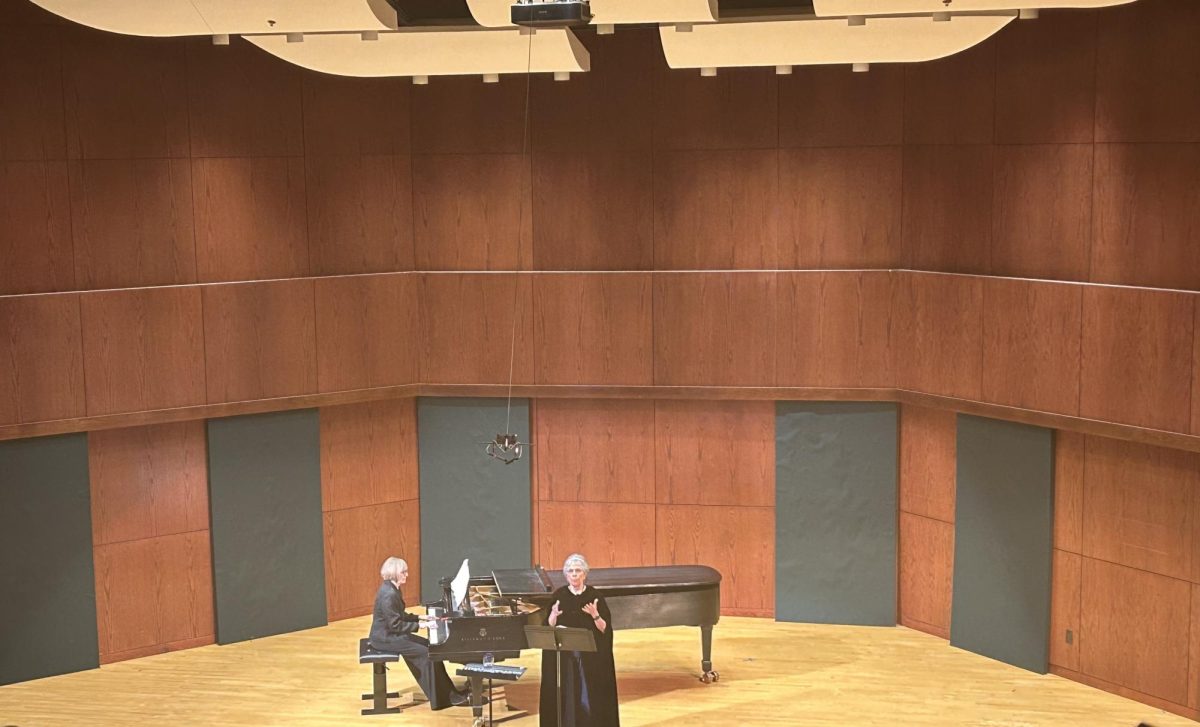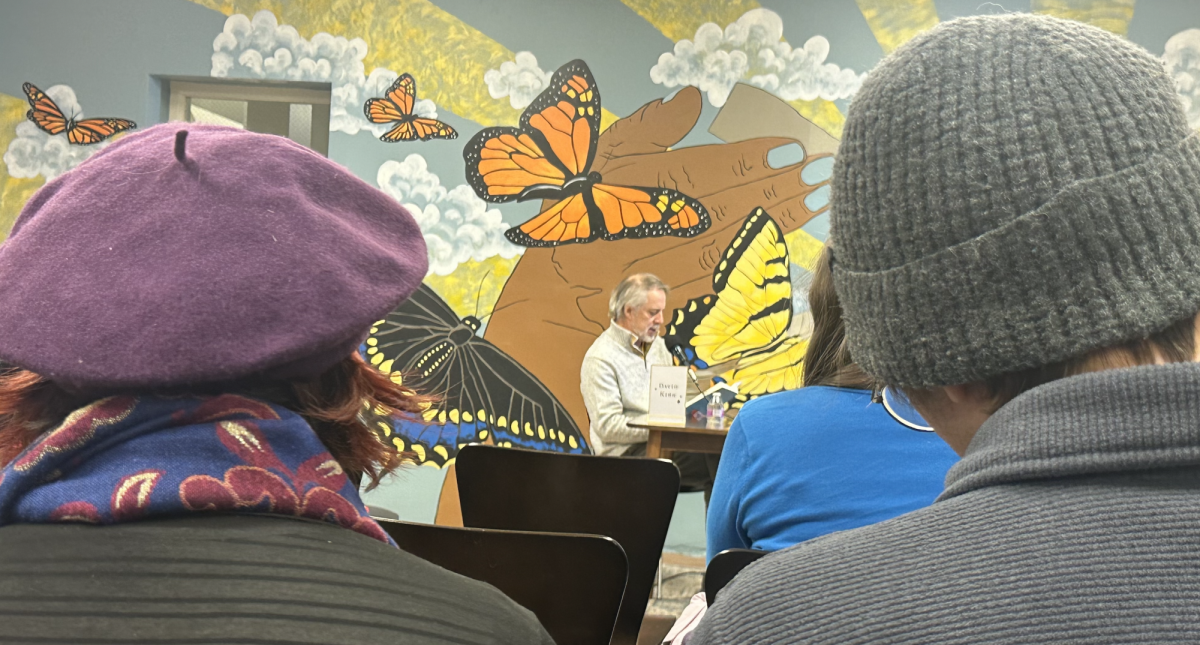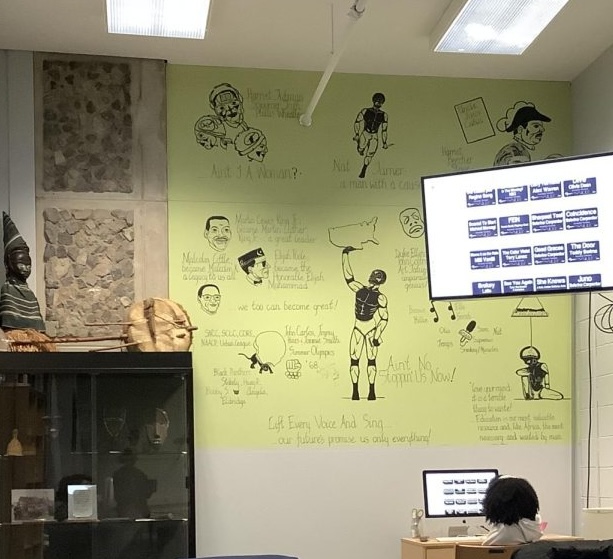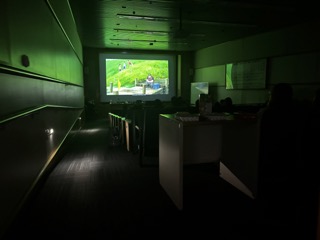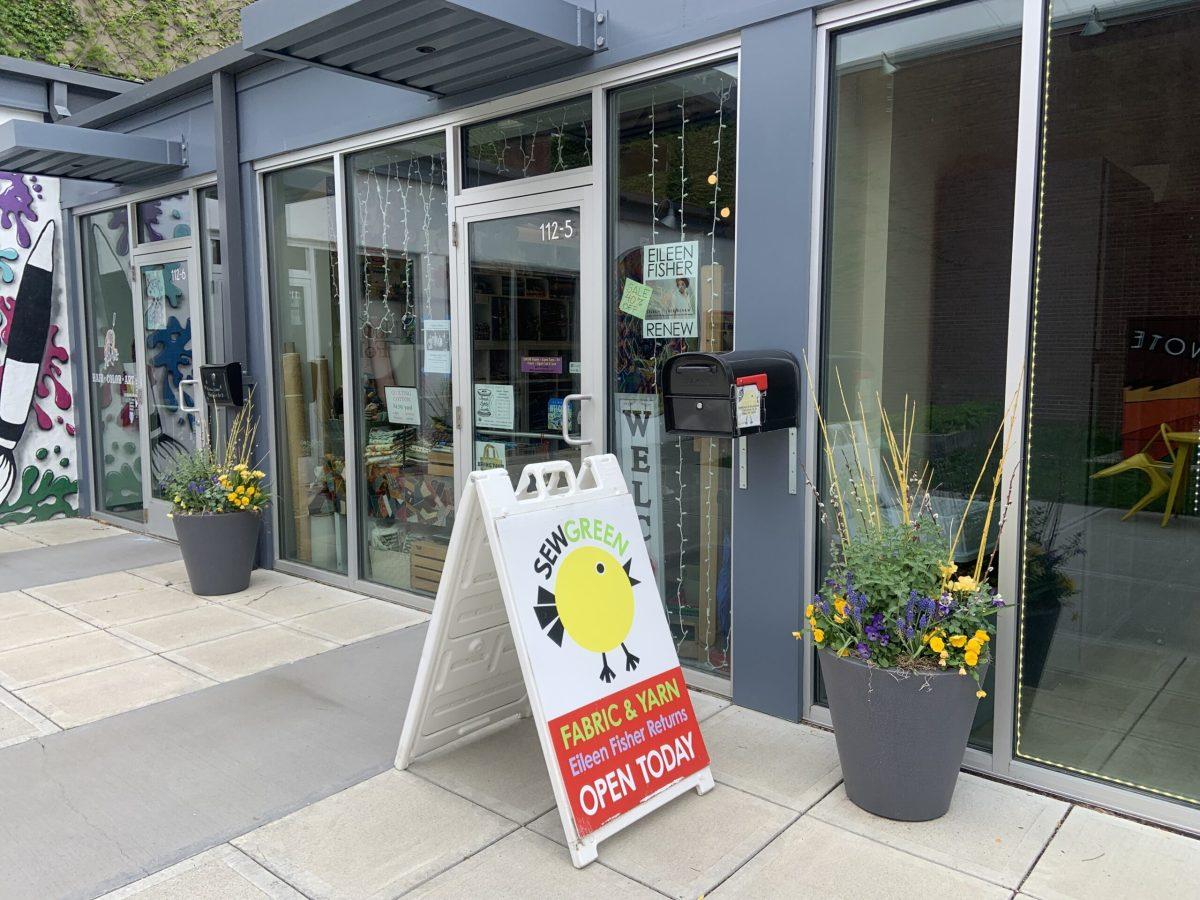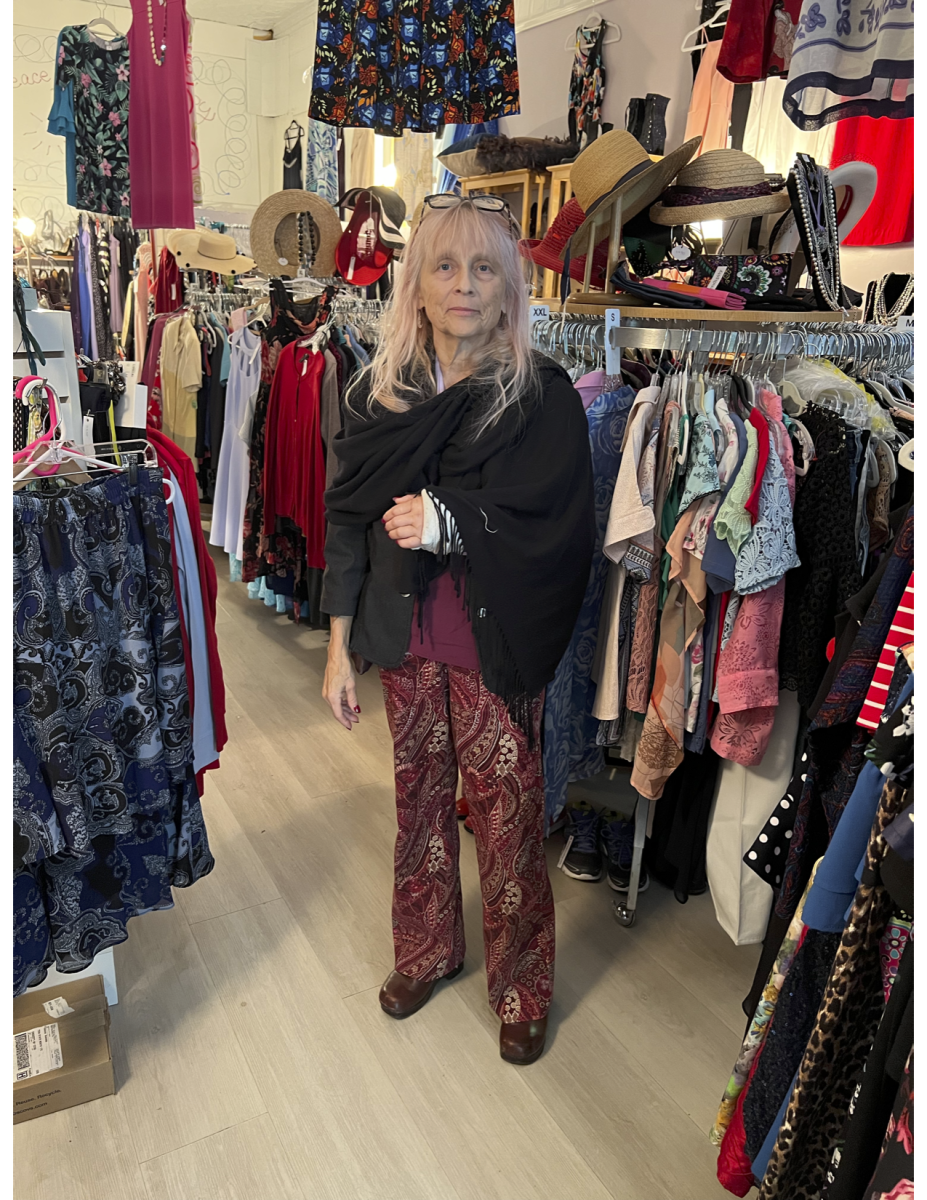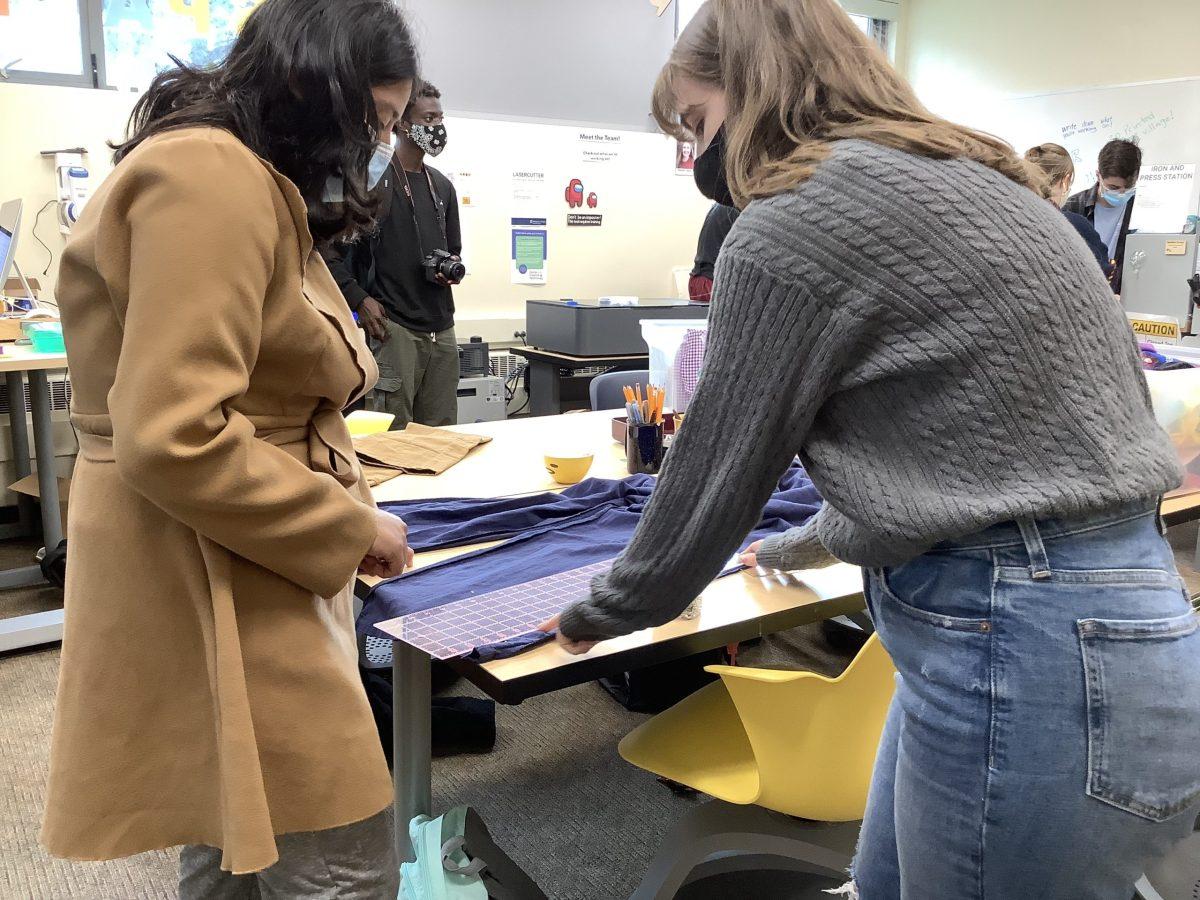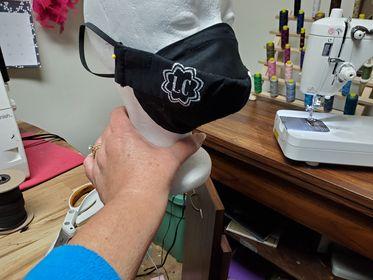Cornell professor Denise Green knows a thing or two about fashion. Strolling down the long hallways of Cornell University’s College of Human Ecology, Green dons a colorful, floral dress and funky glasses that are as authentic as she is. As a faculty member in the Fiber Science and Apparel Design Department, as well as the Director of the Cornell Costume and Textile Collection, Green knows firsthand how fashion can make a statement.
Her latest achievement? Green has been working with her graduate students over the last semester to cultivate a fashion-forward exhibit with a very powerful message. “Women Empowered: Fashions from the Frontline” was created with one central question in mind: how do clothes empower?
Green’s idea for the exhibit came about while reflecting on the activism of 2017. “I had gone down to Washington D.C. to participate in the Women’s March and I remember seeing the ways women were using fashion at the marches to create solidarity and convey a kind of collective identity and shared voice and ideas,” said Green.

This inspiration led Green down, as she puts it, a “wormhole” into thinking about ways women in the past had used fashion to collectively make a statement. Green said she brought the idea to her 14 students and let them run with it, encouraging them to ponder larger questions related to the intersection of fashion and liberation.
“What does the frontline mean, if were thinking about it metaphorically?” said Green. “What does empowerment mean? How does fashion empower the individual? But how might it also empower other people as well?”
Then the real work began. Breaking into four teams — research, curatorial, budget/logistics and graphics, Green’s students spent the semester reaching out to masses of women in order to collect pieces for the exhibit. From phone calls to emails, many women declined the invitation, while others preferred an old-school sentiment.
“I wrote a letter to Justice Ruth Bader Ginsburg, snail-mail, and she responded to that letter, and sent us two collars,” said Green.
With an emphasis on physical space, the exhibit is organized to highlight the ways in which fashion can transform, and at times transgress, women. The exhibit has five sections — the government, the street, the academy, the arena and the stage.
“We’re interpreting the idea of the frontline metaphorically,” said Green. “In other words, thinking about places where women are really up against their enemy, really on the frontline making change. So where are these places? Often places of conflict, not always, but challenging spaces where women are trying to make change and use fashion as a way to visually verbalize that sort of change.”

Some pieces in the exhibit, like the suffragette’s garments, sashes and pamphlet bags, are more obvious in highlighting the ways women ferociously fought for the right to vote during the 1920s. Other pieces require more historical context, like that of U.S. Congresswoman Alexandria Ocasio-Cortez, whose campaign shoes, with the soles completely worn down, emphasize her fight to become the youngest woman elected to Congress.
Green said she wants people to leave the exhibit feeling a little bit more aware of the world around them.
“My hope for this exhibit is that people leave feeling inspired, that they leave feeling hopeful, that they leave maybe feeling a little bit more creative, and conscious and appreciative of the clothes that they have in their closets.”
“Women Empowered: Fashions from the Frontline” will be on display at Cornell University’s College of Human Ecology until March 31.



